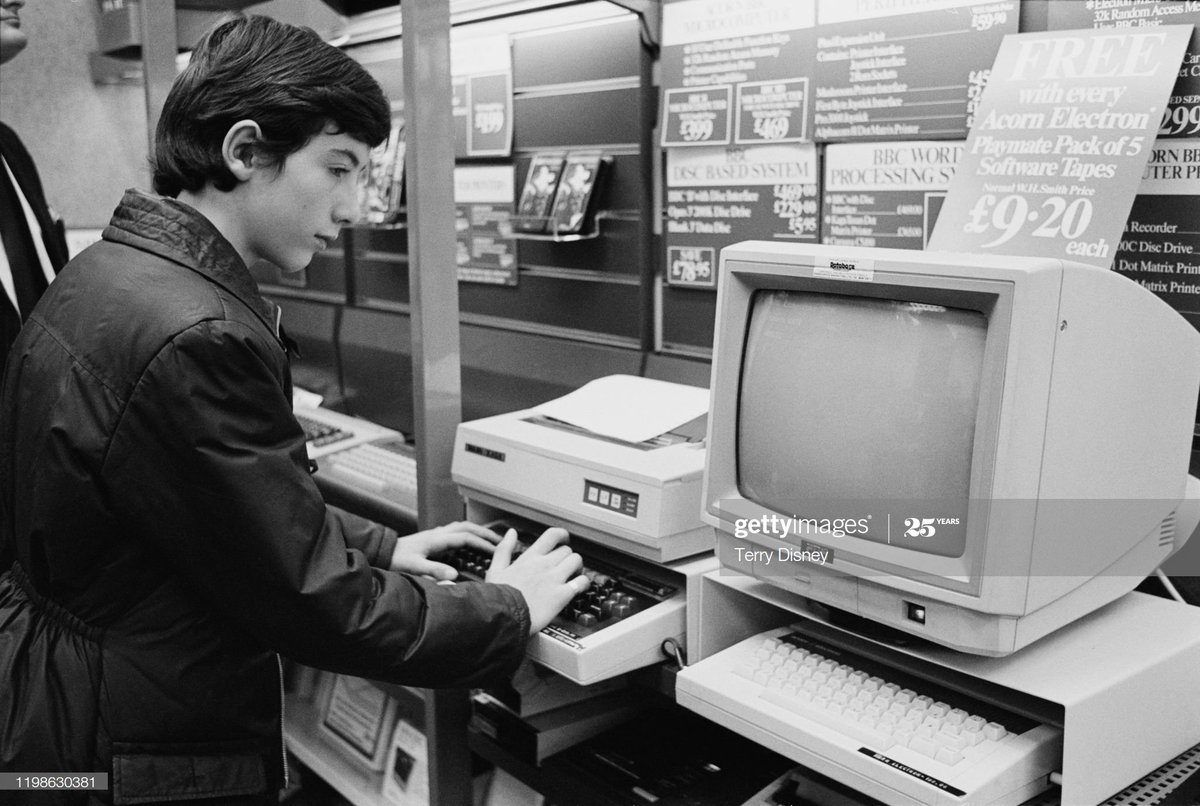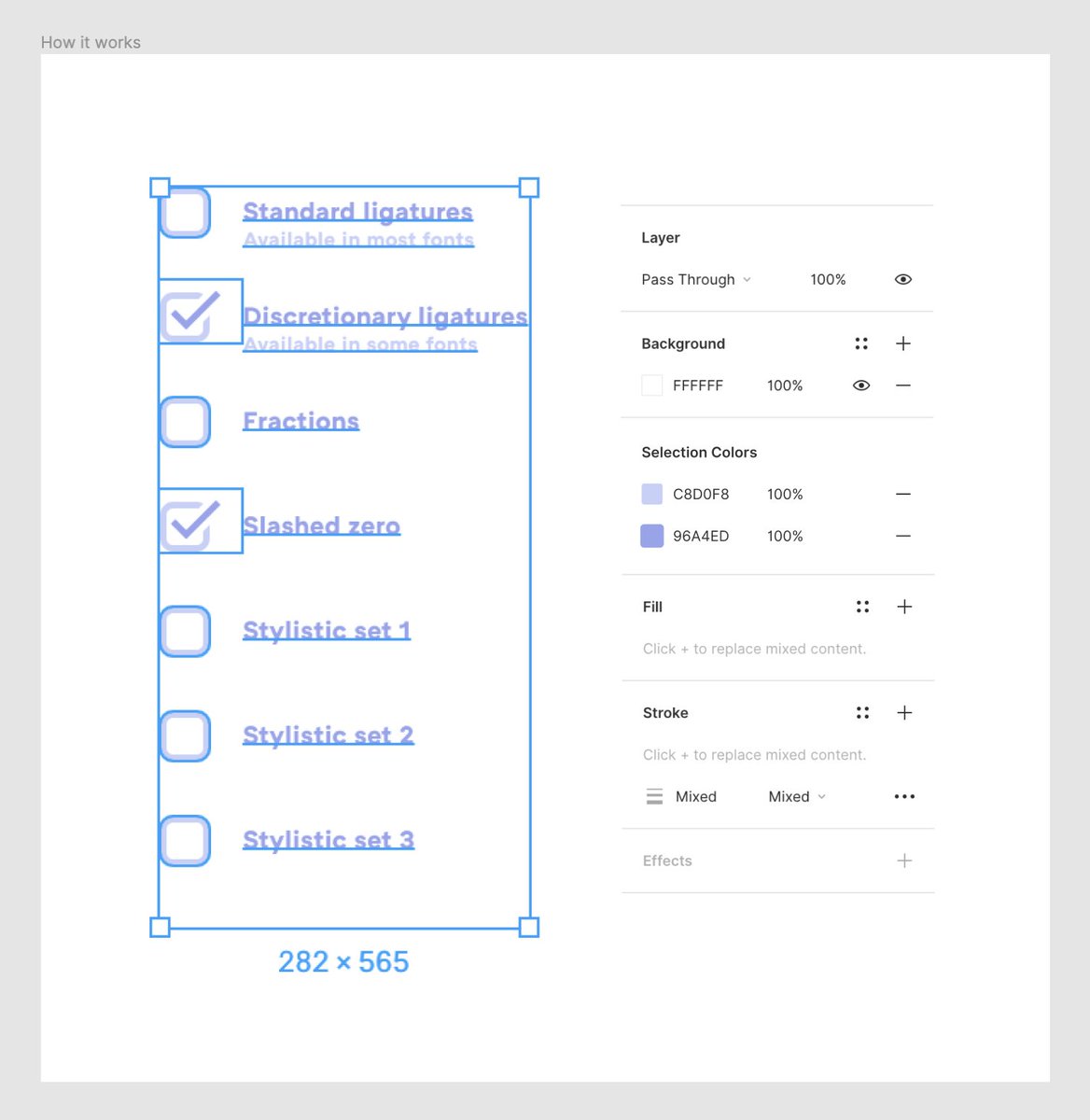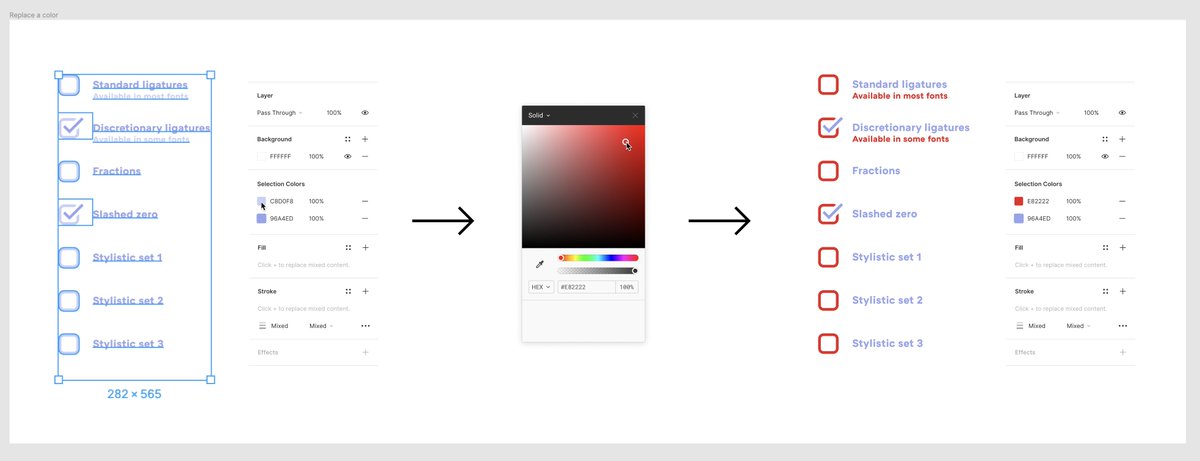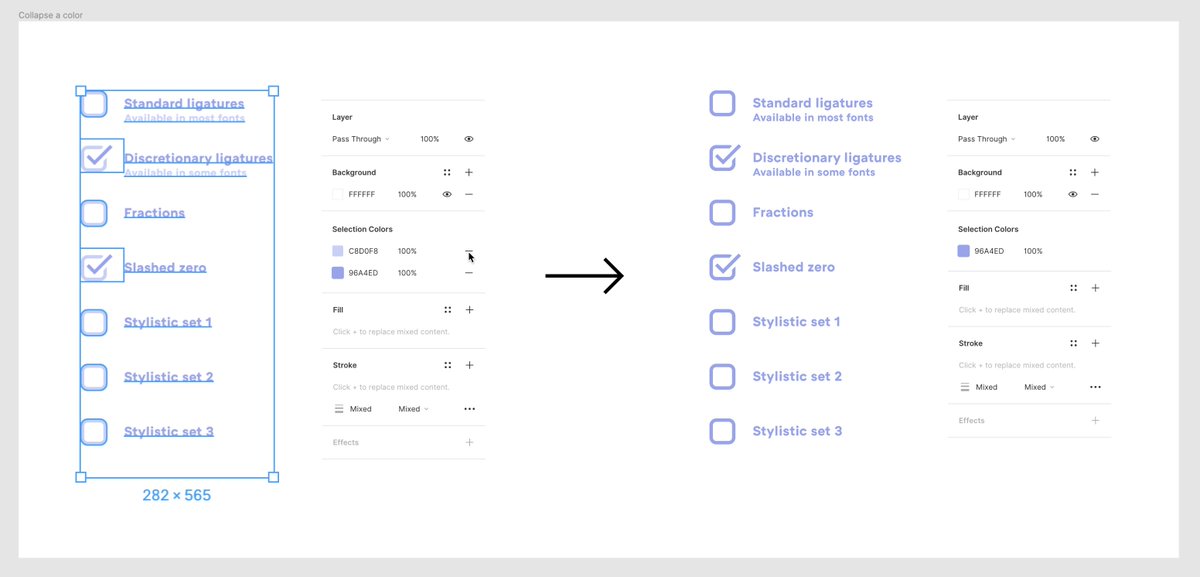
I visited three different Dutch computer museums last week, and they were so great I wanted to tell you about them a bit more. 





1. The first was HomeComputerMuseum in Helmond, which was sort of a “living room museum” – over 500 computers, mostly from the 1980s onwards, many of them running and available to play or interact with. 







(I talked to one of the employees and they said they could power up even more of them! But they found mixed success having computers running that people had no relationships or prior experience with.) 







2. The second one was Bonami SpelComputer Museum in Zwolle. This was more of a “warehouse museum,” but what a warehouse! 





This time around, *thousands* of computers surrounded me. I might have never seen as many computers under one roof before. The collection also included big iron mainframes, typewriters, calculators, and tons more videogames. 





The place was a bit messy, and less interactive, although there were some machines ready to play with… 



…and a separate arcade with dozens of arcade games, including a solid group of late 1980s Atari games, very close to my heart. 







3. The last place was a literal barn in the middle of nowhere. (Yes, even a small country like the Netherlands has a middle of nowhere.)
In that barn, a certain DEC enthusiast gathered a lot of Digital machines from the 1970s and 1980s.



In that barn, a certain DEC enthusiast gathered a lot of Digital machines from the 1970s and 1980s.




(Many of them aren’t working yet – it’s a project for a few years from now, after retirement – but at least we got to play some Zork.) 

I enjoyed those museums immensely, each one in isolation, but even more so as an unexpected troika. (I visited the second one because it was close to the first one, and I learned about the third one overhearing the conversation during an earlier visit.)
First of all, it’s really fun that museums can feel so different – one an extension of your apartment, one that felt like that ending scene in Indiana Jones, one a DEC datacenter amidst corn fields.
(Or not corn! I have no idea.)


(Or not corn! I have no idea.)



Secondly, I really love seeing computing museums outside of America, because the regional artifacts are sometimes the most interesting and surprising.
It’s fun to see keyboards with non-English legends, or creative (but necessary!) attempts to localize some keys. 







I saw the amazing Aesthedes – a unique, specialized graphic editor from the early 1980s, with one of the biggest keyboards ever. 

(At some point I counted 514 keys, and that was before realizing in addition to the membrane keys, there was also a regular keyboard hiding under the console.) 

Why so many keys? Many of the functions you recognize from today’s graphic programs were right here, as separate keys instead of onscreen buttons: 





What’s more, the museum in Helmond is restoring this computer, and I got to play with it briefly! I managed to make it hang in no time simply by switching to the text tool, but the prospect of using it properly one day and exploring its strange UI was very exciting. 

And here are some more interesting things I’ve seen in the three museums.
We actually got to connect it to an old PC and I typed some things on it! (And even saw the unfinished left-handed prototype.) 







Speaking of chording, I actually have this one-handed data entry device (with three Shifts under three longest fingers) myself, but I have never seen it in such a pristine condition! 

And speaking of data entry, this keyboard looks so delicious – but also now you know why German ergonomic laws forbid shiny keys owing to reflections from overhead office lights. 

APL remains one of the most interesting-looking programming languages ever made. And this might be my favourite keycap shape. 



I have heard of many Selectric-based computers (like the last photo), but I have never seen one based on what looks like the keyboard from a Smith Corona typewriter! I *think* that’s what it is? 





Decades before the colourful iMacs (here in all the liveries!), there was a very green and gorgeous Lorenz teletype: 



(So did @PixelAmbacht, who actually arranged for the visit in the DEC barn. Thank you!) 

I am not sure why this battered 800XL was on display, but at least I learned that the special keys on the right used the same switches as regular keys. 

I got to experience some classic 1980s creator nostalgia by designing in Print Shop (!), and then Deluxe Paint (!!) on an Amiga (!!!). 



And I have *finally* found a key that straight up admits that (BREAKING) Enter and Return are one and the same! 

I figured out what it does later that day, but to hear that story, you have to subscribe to my newsletter:
getrevue.co/profile/shift-…

getrevue.co/profile/shift-…


And that’s it! If you interested in more photos, they are here: flickr.com/photos/mwichar…
Thanks for reading!



Thanks for reading!




• • •
Missing some Tweet in this thread? You can try to
force a refresh




















































